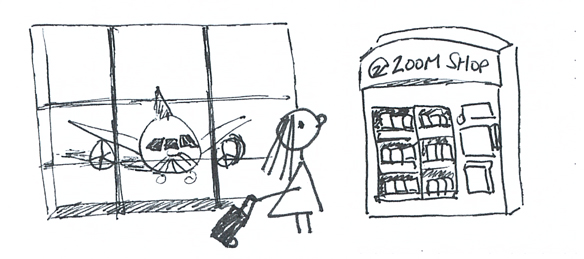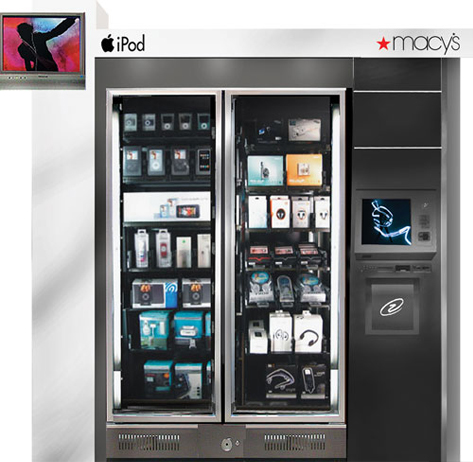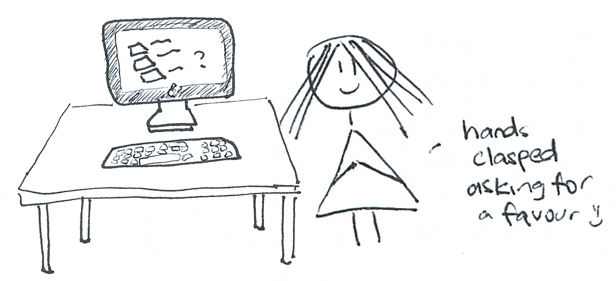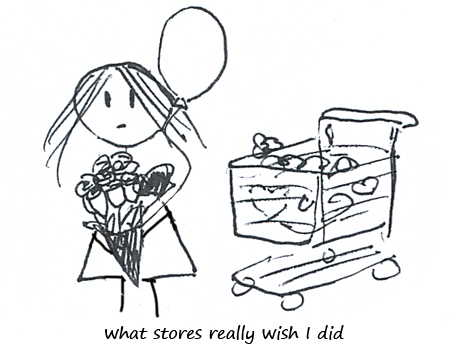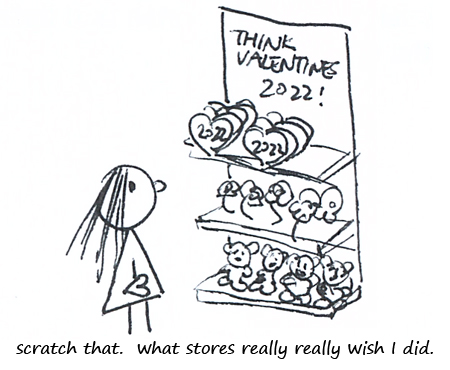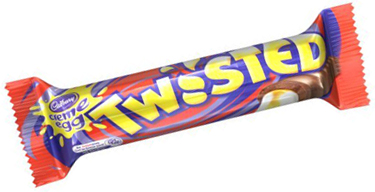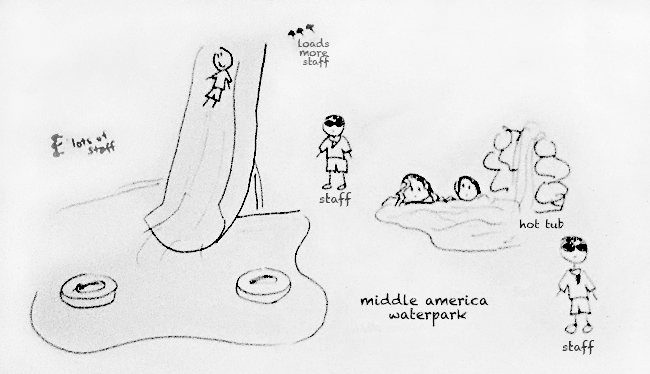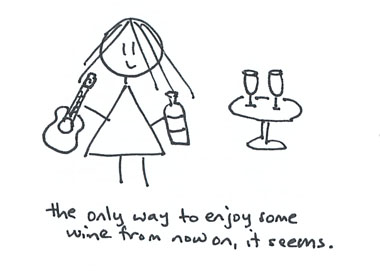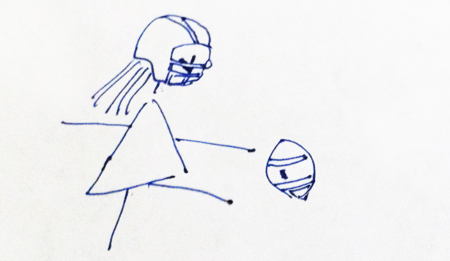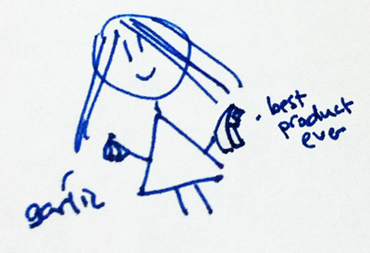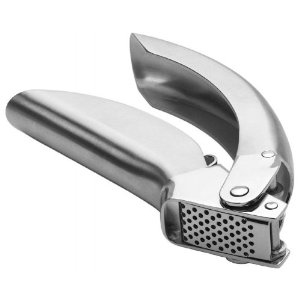I will fess up.
I’m a gum addict and I buy gum in Costco case lot sizes.
But for most normal people, I suspect gum is a pretty impulse purchase.
Have you ever noticed how grocery or drugstores are laid out? Notice that necessities (milk, eggs, meat, meds) are in the back of the store, but the bad-for-you but oh so tempting kinds of goods are all located near the checkout. The truly evil stores (like Bristol Farms in Westfield Mall + any Frys Electronics stores) make you snake through aisles of junkfood and chocolates and chips and stuff before you’re given the privilege of parting with your money at the alter of the cashier.
There’s a reason.
Impulse purchasing.
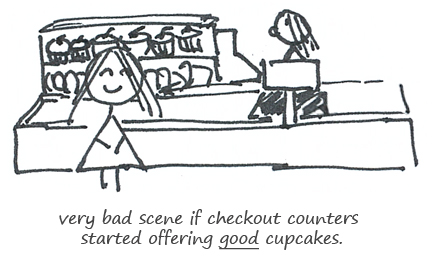
Impulse purchases break from the typical logical/rational decision making process. It taps into the concept of instant gratification where the decisions you make are emotionally driven. Yah, it means you find yourself doing things and buying things you had no idea you were going to. Right now, 66% of confectionary brand decisions are made in stores, so that’s one category that’s got impulse purchase behaviour down pat!
🙂
Some interesting general facts about impulse purchase behaviour:
- Young, unmarried adult households with higher incomes do 45% more unplanned buying.
- Households led by an older person and those that have larger families do 31% to 65% less spontaneous purchasing.
- There is 25% less unplanned buying among shoppers who mainly use newspaper ads for price information.
- People who consider themselves very “fast and efficient” shoppers are far less likely to make impulse buys — 82% less than the average.
- If the purpose of a shopping trip is “immediate needs or forgotten items,” the rate of buying in unplanned categories falls by 53%.
- Unplanned purchasing goes up by 23% if the shopping trip itself is unplanned, but it goes down by 13% if it’s a major or weekly trip.
- If a shopping trip includes stops at multiple stores, there is 9% less unplanned buying at the second or third store.
- Unplanned purchasing goes up by 44% if the shopper goes to the store by car instead of on foot.
(Excerpted from a Wharton study, Unplanned Category Purchase Incidence: Who Does It, How Often and Why“)
Impulse behaviour works in other scenarios too. On Travel Brain, we leveraged impulse behaviour to build our travel content – all of our tips and reviews. We got a contribution rate of 5-10% (versus the standard 1%) by asking users to come on and do something simple (like create a map of where they’ve been). Once they did that, we asked them to share a tip or review of a place they just finished telling us they’d visited. Our users agreed more readily because they were already there first doing something else.
So think about how you might tap into impulse behaviour into your product. Last minute upsell? Using some other necessity as a hook? On that note, I think I’d like to buy a planned purchase cupcake.




